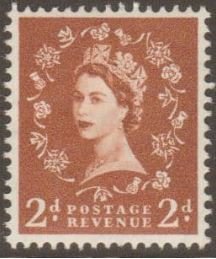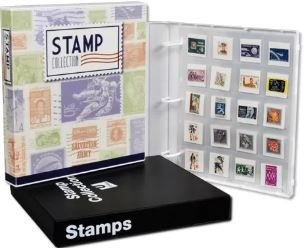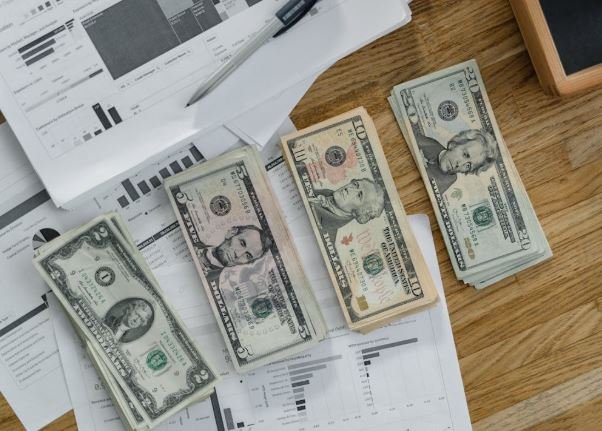Understanding stamp watermarks: essential for identifying authentic stamps, yet full of potential risks, is an important topic for any serious stamp collector. Watermarks are valuable tools for identifying genuine stamps, but they come with certain challenges that collectors must navigate. This article explores the significance of stamp watermarks, their role in authentication, and the potential risks that collectors should be aware of.
What Are Stamp Watermarks?
A watermark is a design or pattern embedded in the paper of a stamp during its production. These marks are created by varying the thickness of the paper, which becomes visible when the stamp is held up to light. Historically, watermarks were used as a security feature to prevent forgeries, making it harder for counterfeiters to duplicate the stamp’s paper.

Understanding stamp watermarks: essential for identifying authentic stamps, yet full of potential risks, begins with understanding that watermarks can vary. They might include letters, numbers, or images like national symbols. Some stamps feature bold watermarks, while others have intricate, faint patterns that are harder to detect.
Why Are Watermarks Important?
The primary reason understanding stamp watermarks: essential for identifying authentic stamps, yet full of potential risks, is so valuable is that watermarks help authenticate a stamp. Genuine stamps from postal services often have these marks as proof of their legitimacy. For collectors, watermarks can be crucial in confirming the authenticity of a stamp, especially for rare or high-value items.
Watermarks can also help identify different printings of the same stamp. For example, certain stamp editions were printed with different watermarks or with no watermark at all. Understanding how these watermarks vary allows collectors to distinguish between different types of stamps and potentially find more valuable versions of the same design.
How to Identify Watermarks
Identifying watermarks is essential for stamp collectors. Understanding stamp watermarks: essential for identifying authentic stamps, yet full of potential risks, requires knowing the best ways to find them. The most common method is to moisten the stamp slightly and then hold it up to light. The watermark should become visible. Alternatively, collectors can use a watermark detector fluid, which makes the watermark more apparent without damaging the stamp.
However, this process can sometimes be tricky. Faint watermarks can be difficult to detect, and the risk of damaging a stamp is a concern for many collectors. In some cases, the watermark might be too subtle or inconsistent to be easily identified with basic tools.
The Risks of Over-Reliance on Watermarks
While watermarks are an important tool, understanding stamp watermarks: essential for identifying authentic stamps, yet full of potential risks, is critical to avoid over-relying on them. There are several key risks to consider when using watermarks for stamp authentication:
1. Faint or Inconsistent Watermarks
Some watermarks, especially on older stamps, may be faint or inconsistent. Watermarks that are only partially visible or poorly defined can lead to confusion. In these cases, collectors might misidentify a stamp as genuine or overlook important features. This is one of the main challenges of relying solely on watermarks for identification.

Historical events commemorated by stamps: celebrating the history, but beware of overvaluation highlights the fascinating world of stamp collecting. Commemorative stamps offer a unique way to honor pivotal historical moments, but collectors must approach the market with caution.
2. Counterfeit Watermarks
Counterfeiters are skilled at replicating not just the stamp design but also the watermark. Some fake stamps are created with nearly identical watermarks to genuine stamps, making it harder to spot the counterfeit. This is why it’s important to use multiple methods of authentication, including checking the paper quality and print details.
3. Over-Emphasis on Watermarks for Value Assessment
Another risk is overvaluing a stamp based on its watermark alone. Understanding stamp watermarks: essential for identifying authentic stamps, yet full of potential risks, involves recognizing that watermarks are not the only factor influencing a stamp’s value. A stamp’s rarity, historical significance, and condition all play crucial roles in determining its worth. Collectors should avoid placing too much emphasis on the watermark when evaluating a stamp’s market value.
How to Mitigate the Risks
To reduce the risks associated with understanding stamp watermarks: essential for identifying authentic stamps, yet full of potential risks, collectors should take a few precautions:
- Use Multiple Authentication Methods: In addition to checking for watermarks, examine other features of the stamp, such as perforations, ink colors, and paper texture. Cross-reference with a trusted guide or consult a professional if in doubt.
- Invest in Tools: Specialized watermark detectors can help reveal faint or difficult-to-spot watermarks. For serious collectors, these tools can be invaluable in verifying authenticity.
- Don’t Rely Solely on Watermarks: While important, watermarks should not be the only factor in determining a stamp’s value or authenticity. Always consider other aspects of the stamp’s condition and provenance.
Conclusion
In conclusion, understanding stamp watermarks: essential for identifying authentic stamps, yet full of potential risks, is a critical aspect of stamp collecting. Watermarks are a useful tool for verifying the authenticity of stamps, but they come with challenges, such as faint marks and counterfeit forgeries. Collectors should be cautious not to over-rely on watermarks alone and should always use additional methods of authentication. By taking the right precautions and understanding the limitations of watermarks, collectors can confidently add valuable, genuine stamps to their collections.


